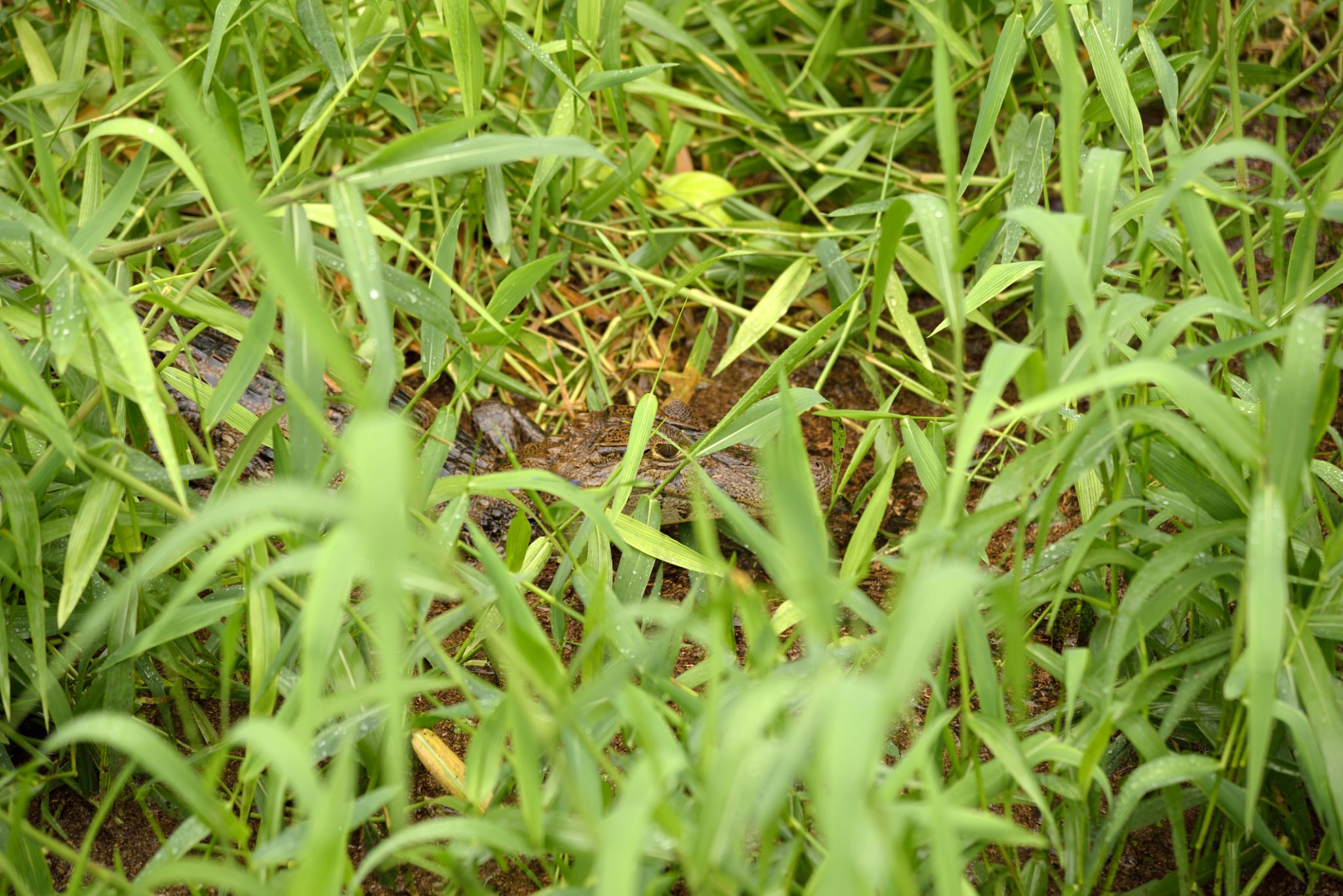How to Handle Common Lawn Pests in Midland
Understanding Common Lawn Pests in Midland
Maintaining a lush, green lawn in Midland can be a rewarding experience, but it often comes with its own set of challenges. One of the most common issues homeowners face is dealing with lawn pests. These pests can cause significant damage if not addressed promptly. Understanding the types of pests you might encounter and how to handle them is crucial for maintaining a healthy lawn.
Some of the most prevalent lawn pests in the Midland area include grubs, chinch bugs, and sod webworms. Each of these pests has unique characteristics and requires specific strategies for control. Identifying these pests early is the key to preventing widespread damage.

Identifying Grubs
Grubs are the larvae of various beetles and are notorious for their ability to destroy grass roots, leading to brown patches on your lawn. To identify a grub infestation, check for spongy turf that pulls up easily, revealing white, C-shaped larvae underneath.
To combat grubs, consider using a biological control method like beneficial nematodes or applying a chemical grub control product in late summer when grubs are most active. Regular monitoring and preventive measures can help keep these pests at bay.
Dealing with Chinch Bugs
Chinch bugs are tiny but destructive insects that thrive in sunny areas of your lawn. They suck the sap from grass blades, causing them to turn yellow and eventually die. Signs of chinch bug damage include irregular yellow patches that spread rapidly.

To manage chinch bugs, it's essential to maintain a healthy lawn through proper watering and mowing practices. If infestations are severe, insecticidal treatments may be necessary. Be sure to follow product instructions carefully to protect beneficial insects in your lawn.
Managing Sod Webworms
Sod webworms are the caterpillar stage of lawn moths and can cause significant damage by chewing grass blades and stems. Look for small moths fluttering over your lawn at dusk, as well as brown patches that may indicate their presence.
Encouraging natural predators like birds can help manage sod webworm populations. Additionally, applying a bacterial insecticide containing Bacillus thuringiensis (Bt) can effectively target webworms without harming beneficial insects.

Preventive Measures
Preventing lawn pests requires a proactive approach. Regular lawn maintenance, such as proper mowing, watering, and fertilization, strengthens grass health and makes it less susceptible to pest invasions. Aerating your lawn annually can also promote strong root systems and improve pest resistance.
Moreover, establishing a routine inspection schedule helps detect early signs of pest activity before they cause significant damage. By catching infestations early, you have more options for treatment and can often avoid resorting to chemical controls.
Conclusion
Handling common lawn pests in Midland requires knowledge, vigilance, and timely intervention. By understanding the specific threats posed by grubs, chinch bugs, and sod webworms, and implementing appropriate control measures, you can maintain a healthy, vibrant lawn year-round.
Remember that a well-maintained lawn is your best defense against pests. With consistent care and attention, you can enjoy a beautiful outdoor space free from the damage caused by these unwelcome visitors.
